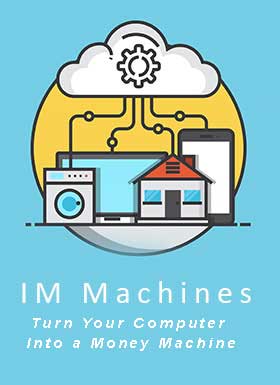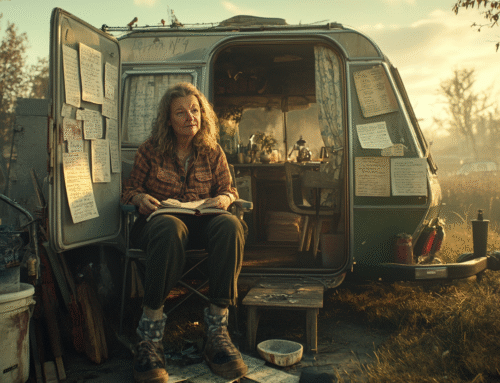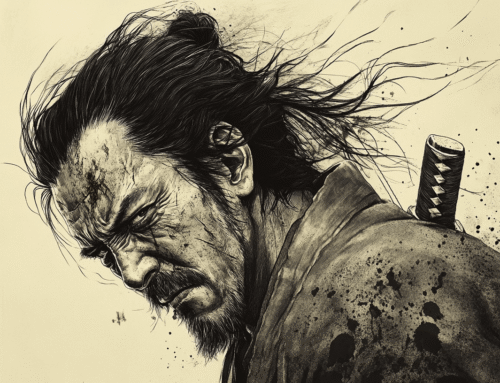In an online world overloaded with content, it’s not the best idea that wins—it’s the best story.
You could have the smartest offer, the sharpest script, the most brilliant GPT tool… but if your audience doesn’t feel something, they scroll on.
That’s where Wired for Story comes in. Lisa Cron’s groundbreaking book reveals how our brains are literally wired to respond to story on a survival level. Stories aren’t fluff. They’re neural shortcuts. And if you’re a creator, coach, solopreneur, or digital writer, this is your most powerful edge.
Let’s break down how to use brain science to tell stories that do what most content can’t: actually make people care.
1. Why Stories Work (and Facts Don’t)
The brain doesn’t crave data—it craves meaning.
Lisa Cron argues that story is a tool the brain evolved to simulate experience. When we hear a story, we’re not just listening—we’re running a simulation inside our mind. We feel it. Our neural circuits fire as if it’s happening to us.
That means when your audience hears a story, they’re not consuming—they’re participating. Which leads to trust, attention, and action.
Facts tell. Stories sell.
2. The Mistake Most Creators Make
Most creators treat storytelling like decoration. An intro anecdote. A clever hook. A “fun fact.”
But brain science shows story isn’t the appetizer—it’s the main course. It’s how humans make sense of everything.
Here’s the creator mistake:
-
Telling what you do instead of why it matters.
-
Explaining your method instead of your transformation.
-
Listing features instead of sharing what life is like after someone buys from you.
Great storytelling flips that. It invites people into an emotional journey where they are the hero—not you.
3. The Brain Science of the Hook
According to Wired for Story, your opening line is a neural audition. The brain’s asking one question:
“Is this worth paying attention to?”
If the answer is no? Click. Gone. Swiped away.
To pass the brain’s audition, your story must create three things immediately:
-
Curiosity: Something unresolved.
-
Relevance: A hint it matters to me.
-
Emotion: A whisper of what’s at stake.
For creators, this means no more fluffy intros. Start in the middle of the tension. Begin with a moment of discomfort, desire, or dilemma—something your audience already feels but hasn’t put into words yet.
4. Structure Is Not Optional
Here’s the hard truth most creatives avoid: good storytelling isn’t magic. It’s structure.
Lisa Cron emphasizes the brain tracks causality—what happens, why it happens, and what it means. That means your story can’t just meander.
Use the 3-part creator story arc:
-
Status Quo (Before) – “Here’s how life looked before the transformation.”
-
Crisis or Catalyst – “Here’s what forced the change.”
-
Transformation (After) – “Here’s the breakthrough—and what you can learn from it.”
This works for:
-
Twitter threads
-
YouTube intros
-
Sales emails
-
Instagram Reels
-
Sales pages
-
Your About section
Structure = clarity. And clarity = conversions.
5. Emotion First. Information Later.
The brain’s decision-making center is emotional, not rational.
That’s why creators who lead with tips, data, and logic are often ignored—while someone less qualified but more emotionally tuned pulls all the attention.
Here’s how to fix that:
-
Start with the internal struggle. “I felt like a fraud every time I opened Canva.”
-
Paint the invisible cost. “Not charging for my coaching was costing me more than money—it was draining my identity.”
-
Anchor in relatability. “You ever post something and feel instantly ashamed of how few likes it gets?”
Once the emotion lands, then drop your method, tool, or insight.
6. What Your Audience Really Wants (and Doesn’t Say)
Lisa Cron reminds us that story is how the brain processes what matters to our survival. That doesn’t mean life-or-death—it means emotional survival, too.
Creators who understand this will speak directly to their audience’s core question:
“Will this help me become who I want to be?”
Every video, email, or post you make should connect to that internal narrative.
That’s why “how-to” content is dead unless it also answers:
-
Who does this help me become?
-
What part of me does this heal or empower?
-
How will this change my identity?
That’s what makes people stick. Not tactics—transformation.
7. Storytelling as a Branding Superpower
Most creators try to “brand” with colors, fonts, and slogans.
But your real brand? It’s the story you tell about yourself—and the one your audience starts telling themselves because of you.
Here’s how to craft a “brand story” using Cron’s method:
-
Share your why (your turning point).
-
Reveal your vulnerability (your flaw or mistake).
-
Show your transformation (what changed for you).
-
Connect to their desire (what it helps them become).
This builds trust, warmth, and authority—without screaming “Buy my thing.”
8. Turn Followers Into Fans With Story Loops
To keep people coming back, use what Cron calls “open story loops.” These are unresolved tensions or questions you intentionally leave hanging.
For example:
-
“I built this GPT in a weekend—and it bombed. Here’s what I learned (coming tomorrow).”
-
“The biggest mistake I made scaling to 5-figures as a solopreneur? It’s not what you think. I’ll share it on my next YouTube drop.”
That tension keeps the brain hooked. It’s the same reason Netflix auto-plays the next episode.
Creators who use open loops win loyalty—and algorithm points.
9. Your Story Is the Shortcut to Trust
Trust doesn’t come from testimonials or traffic. It comes from emotional resonance.
Your audience needs to feel: “You get me.”
That’s why you must tell stories that reflect:
-
Their unspoken fears.
-
Their unshared dreams.
-
Their daily struggles.
-
Their inner contradictions.
And you do that not by being perfect—but by being real.
Storytelling gives you permission to be human. And in the age of AI, that’s your edge.
TL;DR — The Creator’s Storytelling Checklist
Here’s your brain-based storytelling framework:
✅ Hook with Curiosity + Emotion
✅ Reveal the Stakes Early
✅ Use Before → Catalyst → After
✅ Speak to Identity, Not Just Outcomes
✅ Open Loops to Increase Attention
✅ Anchor Your Brand in a Personal Story
✅ Show, Don’t Lecture
Stop guessing what will connect.
Start wiring your stories into the brain’s native language.
Final Thought: In a World of Noise, Story Is Signal
You don’t need to be a novelist.
You just need to stop hiding behind facts and features—and start sharing the real story behind your work, your wins, your wounds.
Lisa Cron’s Wired for Story doesn’t just apply to books. It applies to every creator who wants their work to matter.
When you learn how the brain responds to story, you stop writing content… and start creating connection.






